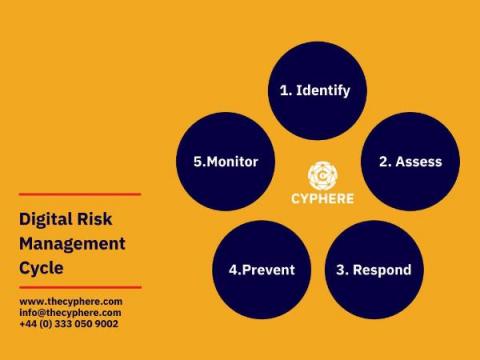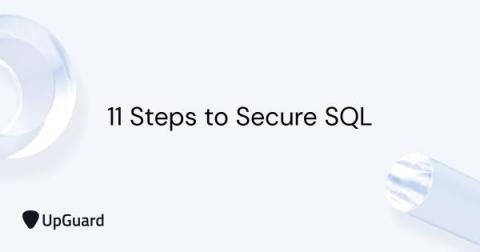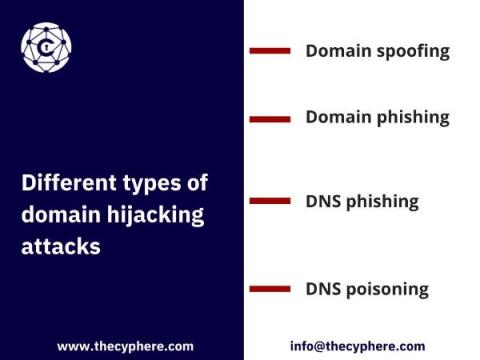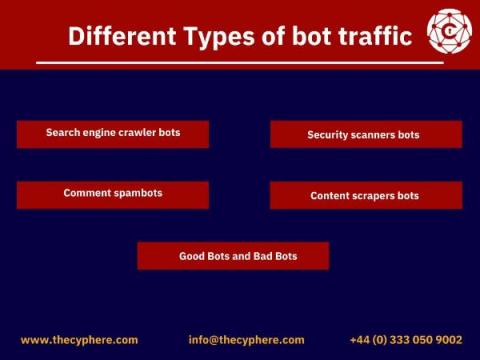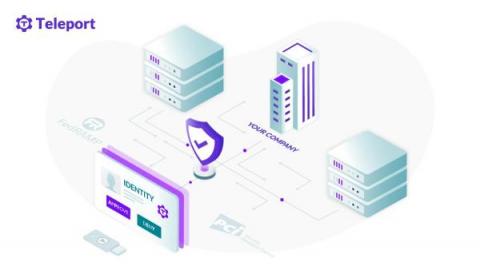IT-OT Convergence and Log4j
By now, we’re all likely tired of talking about Log4j and nodding our heads over Zoom when we all discuss the ramifications of exploitation of this small, but very pervasive and powerful vulnerability. At the risk of adding another layer of complexity to the information we have learned about Log4j, I think we are remiss not to mention IT-OT (Information Technology-Operational Technology) convergence and how it could be an enabler for Log4j to impact our critical infrastructure.



